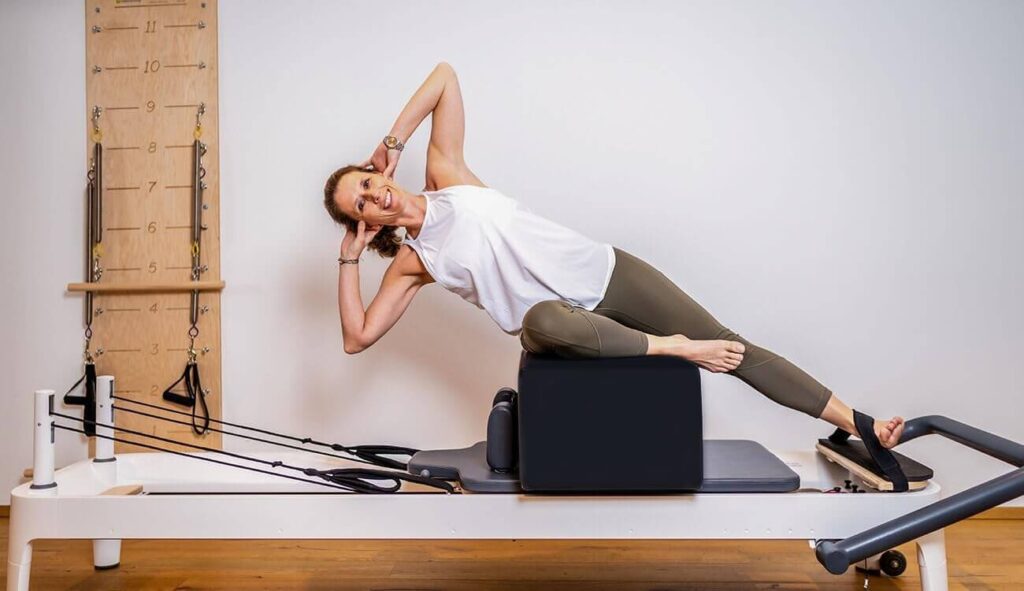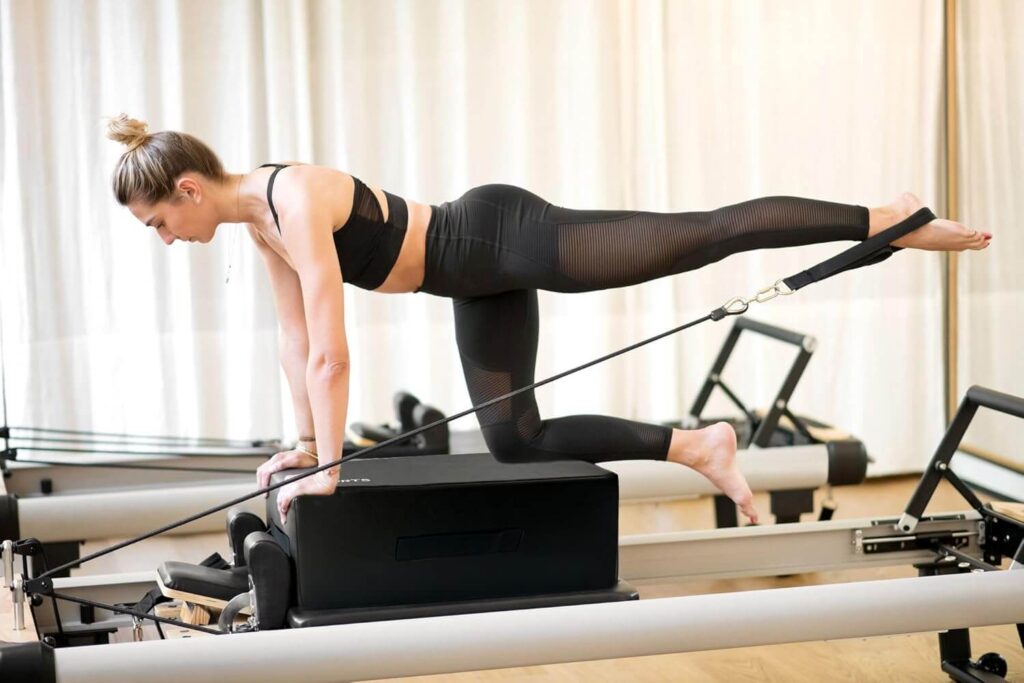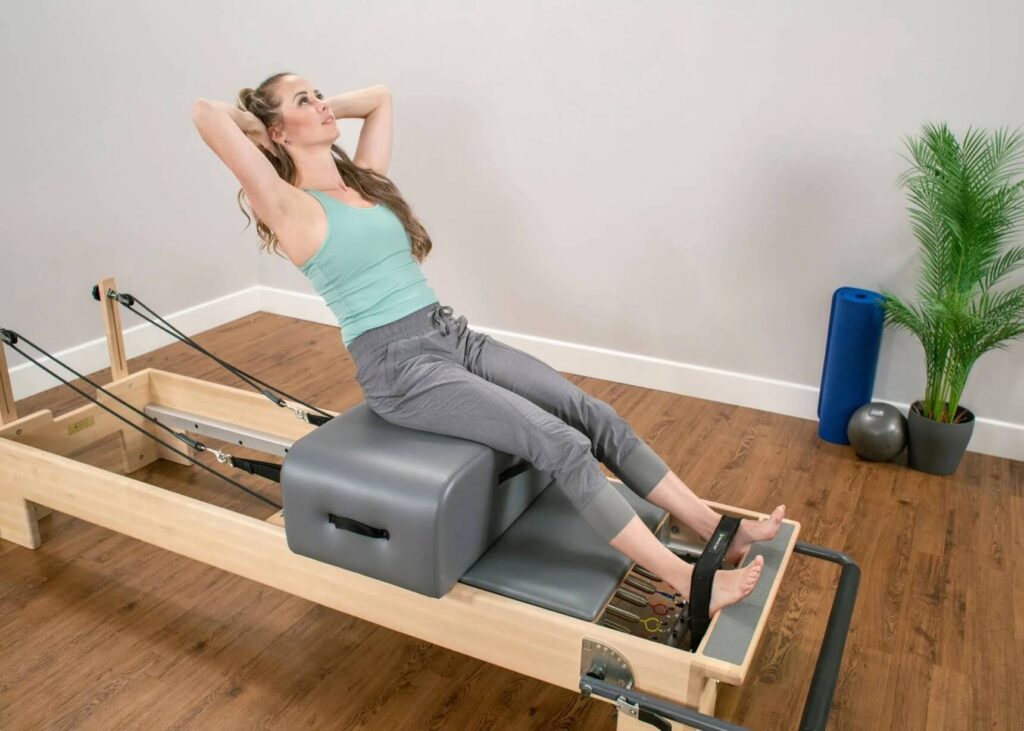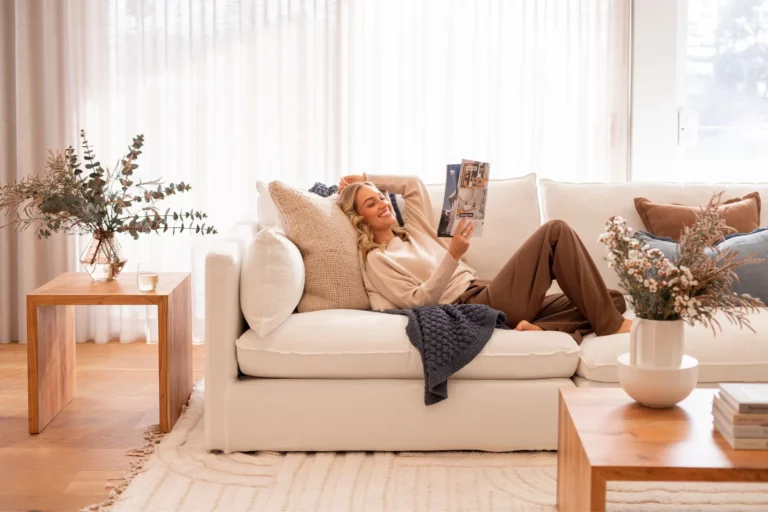Pilates is a method designed to build strength, flexibility, and overall body awareness. One essential piece of equipment that can greatly enhance your Pilates practice is the sitting box. This article will delve into the benefits of using a sitting box, its various features, and how to effectively incorporate it into your routine. Furthermore, we will explore safety tips and methods for measuring your progress.
Understanding the benefits of a sitting box in Pilates
The sitting box, also known as a Pilates box or a sitting box Pilates, is a versatile tool that acts as a platform for performing a wide range of exercises. By providing a stable base, it helps practitioners enhance their alignment and strength in ways that are both effective and enjoyable.
Enhancing alignment with a sitting box
One of the primary advantages of using a sitting box in Pilates is that it assists in correcting alignment. Incorrect posture and alignment can lead to various issues, including discomfort, inefficiency in movement, and even injury over time. The sitting box helps practitioners learn how to sit and move with proper alignment, which translates to improved posture throughout daily activities.
By engaging with the sitting box, you can focus on maintaining a neutral spine, refining your hip alignment, and ensuring your shoulders are adequately placed. These aspects of alignment are crucial not only for executing Pilates exercises effectively but also for everyday movements, reducing the risk of injury.
Additionally, the sitting box serves as a visual and tactile guide, allowing practitioners to develop a deeper awareness of their body mechanics. This heightened awareness can lead to more mindful movement patterns, both in and out of the studio. As you learn to connect with your body through the sitting box, you may find that your overall body awareness improves, leading to better performance in other physical activities and a more balanced lifestyle.

Boosting strength through sitting box exercises
In addition to promoting alignment, the sitting box is an excellent tool for building strength, particularly in the core, back, and legs. Many exercises performed on a sitting box require you to engage your muscles more deeply, leading to greater strength gains over time.
For instance, by performing a series of controlled movements with resistance, you will cultivate muscle endurance and stability. As you progress, you can increase the complexity or intensity of the exercises, further challenging your strength and ensuring continuous improvement.
The versatility of the sitting box allows for a myriad of exercises that target different muscle groups, making it an invaluable asset in any Pilates routine. From leg lifts to seated twists, the sitting box can be adapted to suit various fitness levels and goals. Moreover, the incorporation of the box into your practice can keep workouts fresh and engaging, preventing the monotony that sometimes accompanies traditional exercise regimens. This variety not only enhances physical strength but also keeps your motivation levels high, encouraging a more consistent practice.
Getting to know your sitting box
Before diving into specific exercises, it’s essential to understand the key features and varieties of sitting boxes available on the market. Not all sitting boxes are created equal, so knowing what to look for will help you make an informed choice.
Key features of a sitting box
A typical sitting box is made of sturdy materials like wood or high-density foam, which can support a variety of weights and types of movements. The height of the box is also crucial; boxes typically range between 10 to 14 inches in height, making them suitable for everyone from beginners to advanced practitioners.
Additionally, many sitting boxes come with a non-slip surface that provides stability during exercises. This feature is particularly important for maintaining safety while performing demanding moves, allowing you to focus entirely on your technique without distractions. The design of the box often includes rounded edges, which not only enhances safety but also contributes to a more comfortable experience during prolonged use.
Choosing the right sitting box for your needs
Choosing the right sitting box depends on several factors, including your body size, strength levels, and specific Pilates goals. If you are a beginner, consider starting with a lower box to build your confidence and strength level gradually. Conversely, if you are more advanced, you may opt for a higher box that allows for more challenging exercises.
It is also worth considering adjustable sitting boxes, which can be modified to suit various exercises. This option is particularly advantageous for those who share equipment or tend to progress quickly through different levels of difficulty. Furthermore, some models come with additional features such as built-in handles for easy transport or storage, making them a practical choice for home gyms or studios with limited space.
Moreover, the aesthetic appeal of a sitting box should not be overlooked. Many brands offer a variety of finishes and colours, allowing you to select a box that complements your workout space. This attention to design can enhance your motivation and enjoyment during workouts, as a visually pleasing environment can significantly impact your overall experience. Additionally, investing in a quality sitting box can lead to long-term benefits, as a well-constructed piece of equipment can withstand the rigours of daily use while maintaining its functionality and appearance.

Incorporating the sitting box into your Pilates routine
Utilising the sitting box effectively requires a well-structured approach to your Pilates routine. Whether you are a beginner or an advanced practitioner, incorporating box exercises into your sessions can enhance your overall performance.
Basic sitting box exercises for beginners
For beginners, starting with simple exercises on the sitting box can lay the foundation for a solid practice. Examples of basic exercises include seated forward bends and side stretches, which help develop flexibility and core strength.
Additionally, introducing exercises such as footwork on the box can strengthen the lower body while focusing on proper leg alignment. Engaging with these foundational moves will help build confidence and prepare you for more complex routines as your practice develops.
Moreover, it is essential to focus on your breathing during these exercises, as proper breath control can significantly enhance your performance. Inhale deeply as you prepare for a movement and exhale as you execute it, allowing your body to move with fluidity and intention. This mindful approach not only aids in muscle engagement but also fosters a deeper connection between your mind and body, which is a core principle of Pilates.
Advanced sitting box moves for seasoned practitioners
More advanced practitioners can incorporate complex movements, such as the Box Control Balance and the Box Leg Circles, into their routine. These exercises challenge your strength, coordination, and stability, tackling multiple muscle groups simultaneously.
As you advance, experiment with combinations of movements, allowing you to deepen your understanding of Pilates principles while enhancing your overall body mechanics. The increased challenge will push you towards higher levels of strength, control, and alignment.
Furthermore, incorporating props such as resistance bands or small weights can elevate the intensity of your workouts. These additions not only provide extra resistance but also encourage you to engage stabilising muscles that may not be as active during standard exercises. By varying your routine in this way, you can continuously challenge your body and prevent plateauing, ensuring that your Pilates practice remains dynamic and invigorating.

Safety tips for using a sitting box in Pilates
While employing a sitting box can significantly improve your Pilates experience, observing safety precautions is paramount for effective and injury-free workouts. Here are some essential tips to ensure you practice safely.
Precautions to take when starting out
When first incorporating a sitting box into your practice, it’s vital to maintain awareness of your body’s limits. Ensure you understand the appropriate height and exercises for your current fitness level. If you are uncertain, consult a qualified instructor for guidance.
Additionally, proper warm-up and cool-down sessions can prepare your muscles and joints, reducing the risk of strains. Starting slow and progressively increasing the intensity of your workout will ensure a safe and rewarding experience. It is also beneficial to engage in dynamic stretching before your session, as this can enhance flexibility and circulation, making your body more receptive to the movements that follow. Remember, the sitting box is a versatile tool, and exploring its various uses can enrich your routine while still prioritising safety.
Avoiding common mistakes and injuries
Being mindful of common mistakes can significantly reduce the risk of injury. Incorrect posture while using the sitting box can lead to muscle tension or strain. Ensure you maintain correct alignment throughout each exercise, keeping your core engaged and your back straight.
Lastly, listen to your body. If you feel any discomfort or pain, it’s crucial to stop and reassess your technique or the suitability of the exercise. Regularly consulting with a Pilates instructor can help you refine your practice and avoid common pitfalls. Furthermore, consider the importance of your breathing patterns during exercises; proper inhalation and exhalation can enhance your performance and help maintain focus. Engaging in mindfulness techniques, such as visualisation or meditation, can also improve your overall Pilates experience, allowing you to connect more deeply with your movements and body awareness.
Measuring progress with your sitting box
Tracking your progress is an essential aspect of any fitness routine, and using a sitting box provides an excellent opportunity for measurement. Recognising improvements can motivate you to keep pushing towards your goals.
Tracking improvements in alignment and strength
One effective method of tracking your development with the sitting box is by regularly assessing your alignment and strength. Note how your posture changes over time and whether you can perform exercises with increasing ease.
Keep a record of the exercises performed, their intensity, and any challenges faced along the way. Photographs or video recordings can also provide valuable visual references to demonstrate your improvements over time.
Setting and achieving goals with your sitting box
Setting specific, measurable, achievable, relevant, and time-bound (SMART) goals can guide your Pilates practice. For instance, you may set a goal to perform a particular exercise with correct alignment within a certain timeframe. Regularly revisiting and updating your goals will drive your motivation and facilitate consistent progress.
In conclusion, using a sitting box in your Pilates practice can significantly enhance your alignment and strength. By understanding its benefits, familiarising yourself with proper techniques, maintaining safety protocols, and tracking your progress, you can make the most of this versatile piece of equipment. Embracing the sitting box will not only boost your confidence but will also empower you to transform your Pilates journey.
More to read: Buy a Reformer Pilates Machine – Your Guide to the Best Options


